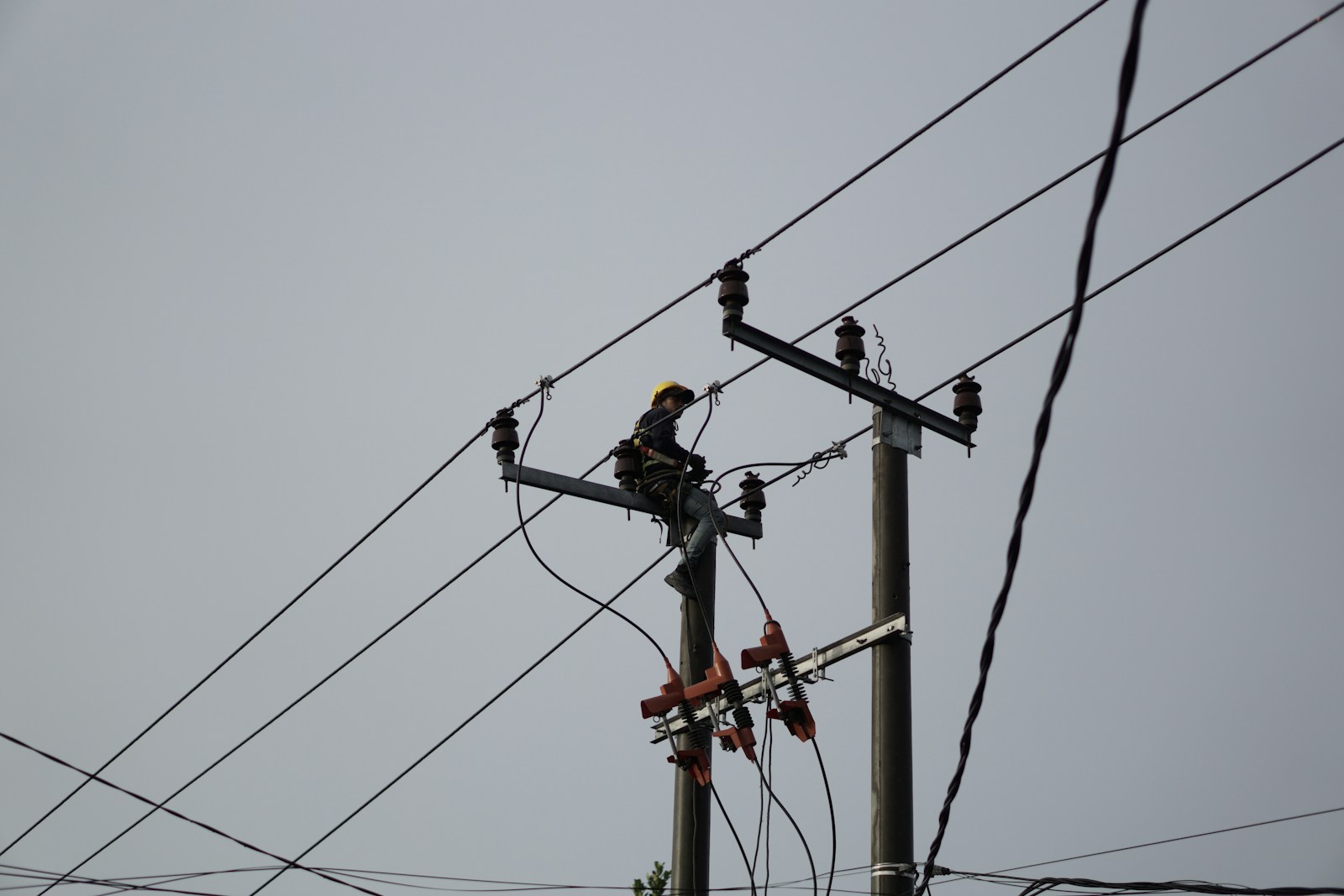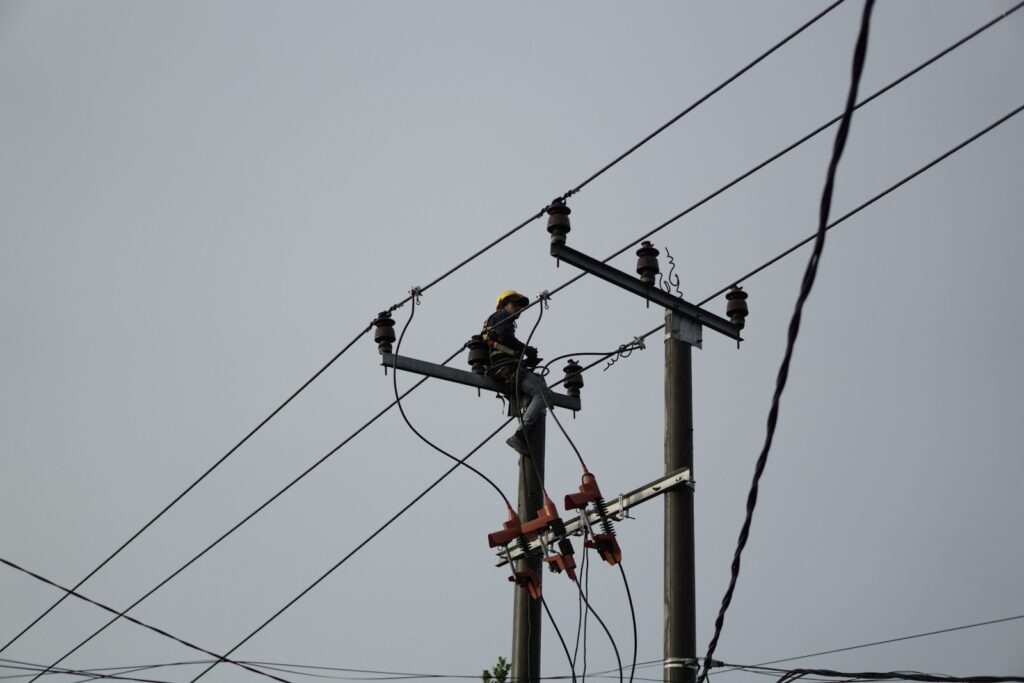Challenges in Performance Based Rates
Branko Terzic

The privatization of public utilities in the United Kingdom in the 1990’s was accompanied by the application of the “RPI-X” price cap scheme designed by Professor Stephen Littlechild. In 1983 Littlechild published a significant paper on regulation. His paper proposed a form of “incentive” regulation referred to as “performance-based regulation” (PBR). Littlechild, who was later appointed the United Kingdom’s first electricity regulator, had studied the US “cost of service/rate of return” (COS) system and came up with a variant of COS in the form of a PBR.
The PBR scheme was relatively simple in concept. The newly privatized utilities started with their rates in effect under government ownership. For a five-year period, retail electricity rates would be adjusted up or down based on the formula (RPI-X) or “Retail Price Index” (RPI) minus X representing an annual productivity factor. So, if the RPI was 3% per year and X was set at 2% then rates could be adjusted up 1%= 3%-2% The X was considered the minimum annual productivity improvement a management would experience. Thus, electric rate increases consumers would always be below the annual inflation rate. At the end of five years the base rates would be adjusted to the new lower levels capturing efficiency gains of the past five years for future. If the utility earned more than the authorized return it would keep the excess. That was the explicit incentive for efficiency improvement. If the utility did not earn the authorized return, it could not ask for an increase.
A number of US regulators looked at the UK model and immediately ran into controversial issues.
The first issue was what to use as the starting rate. If the current rates were excessive the utility would benefit with a five-year window of no review of cost-of-service by the regulator. If the current rates were too low opponents argued that raising initial rates was a disincentive to future efficiency. To rate case or not rate case was the choice.
The second issue was the choice of the annual inflation index. In the US the Consumer Price Index (CPI) is published by the Bureau of Labor Statistics (BLS) and tracks the weighted average price of a basket of consumer goods and services. Arguments against its use are that electric utilities do not buy a “basket of consumer goods and services.” But what they buy may be similarly affected by inflation. Some argued for use of the BLS reported Producer Price Index (PPI) which measures the average change in selling prices received by domestic producers from a seller’s perspective. Others argued that a specialized index needed to be developed based on the annual purchases of an electric utility. The CPI was the simplest choice.
The third issue was the estimation of an annual “productivity” deduction to represent the annual efficiency improvements minimally expected from competent utility management. One solution was to use to simply use what the UK used. Another required some independent studies to provide guidance. Or one could assume a zero.
Then as fourth there was the question of external factors affecting utility costs outside of control of the regulators or managements. Call this a “Z” factor. Changes in tax rates, new environmental requirements, international economic crises and things like Covid epidemic could fall into the Z adjustment category.
Skeptics also raised a fifth issue. A utility management would, under PBR, have the incentive to increase profits during the five-year period merely by reducing scheduled maintenance expense. This is without any efficiency improvement in operations or maintenance operations. The regulatory response is to monitor key performance indicators to preclude any deterioration in service quality. The retail customers would also be reporting any new service quality issues both to the utility and regulator.
Finally, there was and is the question of whether regulation could tolerate success in PBR. What if utility managers were very successful in the early years of PBR in improving the efficiency of operations? That would be a good thing. The success would be reported at the end of the year as higher achieved returns – higher profits. After a few years, within the five-year band, of higher profits would the consumers, politicians and even regulators demand a rate decrease. Consider that, as PBR is a variant of cost-of-service, returns should still fall within a reasonable range.
Variants of PBR would include such regulatory decisions as a “price freeze” for a specified time. This would require voluntary approval of the utility but that could under the right conditions be obtained. PBR, absent state legislation, would also require voluntary participation by the utility as well. This is because, in the US either the regulated utility or the regulator can initiate a rate case proceeding at any time. The utility would do so when management believed the existing rates would not provide sufficient revenue in the future. The regulator could do so in a so-called "show cause” order in which the utility would need to show that existing rates would not result in excessive returns in the future.
The Honorable Branko Terzic is a former Commissioner on the U.S. Federal Energy Regulatory Commission and State of Wisconsin Public Service Commission, in addition to energy industry experience was a US Army Reserve Foreign Area Officer ( FAO) for Eastern Europe (1979-1990). He hold a BS Engineering and honorary Doctor of Sciences in Engineering (h.c.) both from the University of Wisconsin- Milwaukee.
#BrankoTerzic #energy #regulations #experience #research #future #opportunity #strategy #management #people #electricity #power #utilities #renewables #RenewableEnergy #energysector #powergeneration #energyindustry #powergrid #power #electrical #electricalgrid #solarenergy #engineering #powerlines #powerdistribution #substation #powerplant #powersystems #electricalengineering #cleanenergy #powersector

